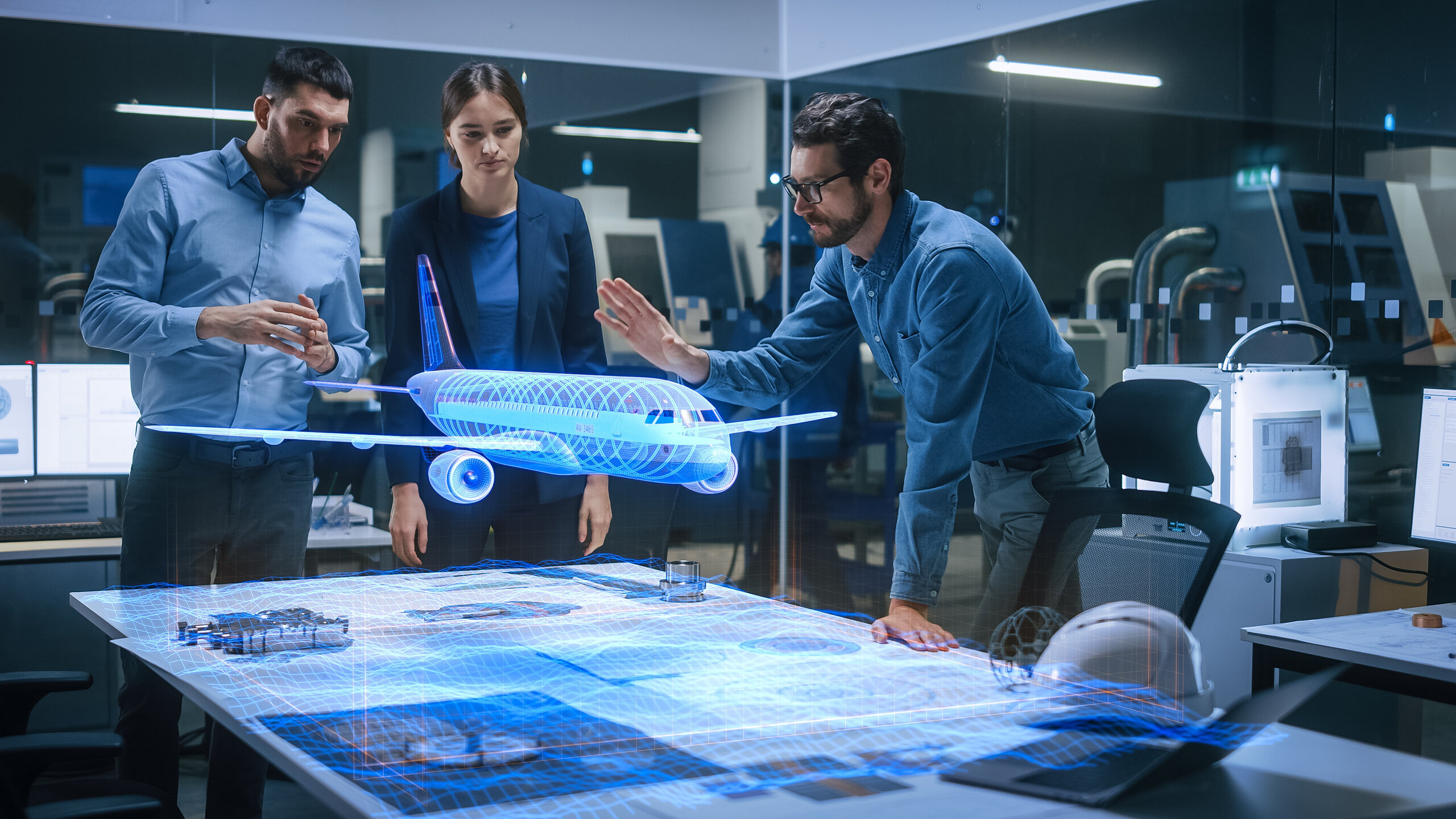
Aerospace Engineering
Module contents
Practical relevance and an application-oriented approach are the cornerstones of our certified Aerospace Engineering course. The professors from Karlsruhe University of Applied Sciences, the University of Stuttgart and the University of Ulm have many years of teaching experience in their specialist areas, have relevant industry experience in the automotive, aerospace and aviation sectors and have a good network of contacts.
What can you expect?
As a participant, you will receive a basic introduction to the requirements of the aerospace industry and a deeper understanding of the technical differences to the automotive industry in terms of safety, product technologies and development. You will learn about aerospace standards, regulations and safety management in order to clarify the risk of confusion between similar terms in the automotive and aerospace sectors. You will learn about system and software architectures (e.g. AUTOSAR vs. IMA) and will be able to independently understand scheduling, APIs and network protocols. In addition, building on your basic knowledge, you will experience an enthusiasm for the overall product of aerospace technology, technical familiarization with neighbouring fields (avionics hardware, aviation business model, etc.) as well as tooling, project and product management. Practical relevance is important to us and runs through all modules, so that you can engage in an active, professional exchange with the lecturers.
Contact
Institut für Wissenschaftliche Weiterbildung
Stefanie Kirsch
Referentin Netzwerk und Weiterbildung
Phone: +49 (0)721 925-2814
stefanie.kirsch@h-ka.de
Geb. E, 2. OG
Wilhelm-Schickard-Straße 9
76131 Karlsruhe
Detailed overview of the individual module contents
| Module 1 | Aerospace Systems Engineering |
| Module content |
|
| Language | German or English |
| Project work | Independent design of a primary/secondary flight control system for a future aircraft |
| Prerequisites | Bachelor's degree or relevant professional work experience |
| Learning objectives/applicability |
|
| Module 2 | Introduction to space travel - Fundamentals of Spacecraft Technology |
| Module content |
|
| Language | German or English |
| Project work | Topics will be announced during the course |
| Prerequisites | Bachelor's degree or relevant professional work experience |
| Learning objectives/applicability |
|
| Module 3 | Aerospace Sensors and Radar |
| Module content |
|
| Language | German |
| Project work | Current topic of radar technology in the aerospace industry or implementation and evaluation of real radar measurements for distance, speed and angle determination. |
| Prerequisites | Bachelor's degree or relevant professional work experience |
| Learning objectives/applicability |
|
| Module 4 | Aerospace Software Engineering |
| Module content |
|
| Language | German or English |
| Project work | Project work and presentations by the participants during the week. At the end, a written exam of 2 hours: 1 hour online test with questions on the various topics; 1 hour working on a specific task using the methods and techniques learnt. |
| Prerequisites | Bachelor's degree or relevant professional work experience |
| Learning objectives/applicability |
|
Material (literature, videos, simulations, etc.) will be made available on an e-learning platform for self-learning between the classroom sessions.
A more detailed description of the individual courses can be found in the overview (excerpt from the module handbook).